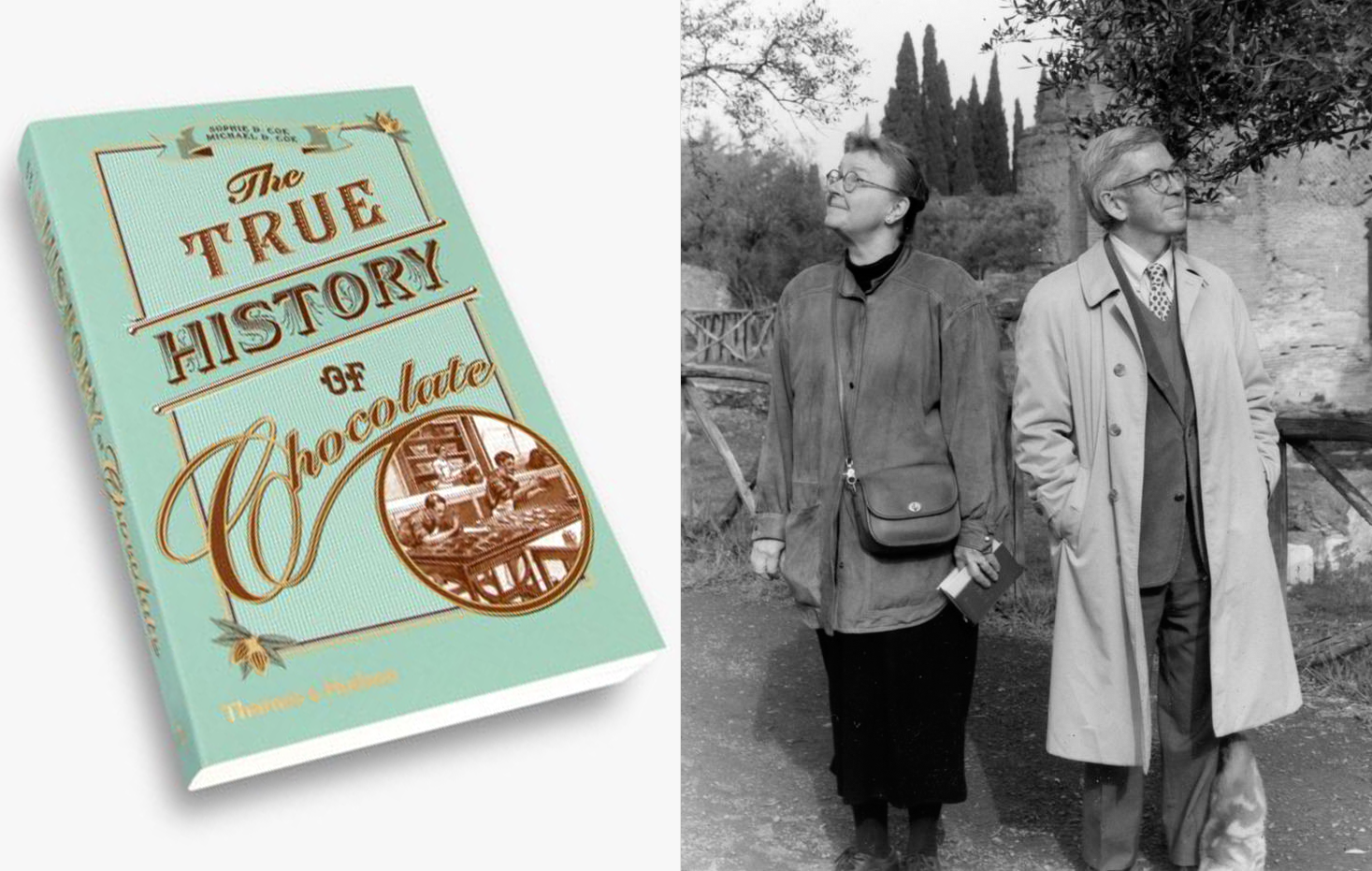
In their book, The True Story of Chocolate, husband and wife co-authors Sophie Coe and Michael Coe make claim to the idea that chocolate – which originated in ancient Mesoamerica – is far older than had originally been thought. The late Michael Coe, who passed away in 2019, was Professor Emeritus of Anthropology at Yale University and a well-known archaeologist and epigrapher who worked in Mesoamerica and in Cambodia on the Mayan and Angkor civilizations. Sophie Coe, an anthropologist and food historian, was the author of America’s First Cuisines. In The True Story of Chocolate, they argue that cacao in the form of a chocolate beverage originated with the Olmec. According to Coe and Coe, cacao originally pronounced “kakawa,” was a term used by the ancient Olmec as early as 1000 BCE. Based on linguistic evidence, the authors suggest that the Olmec might have been the first to domesticate the cacao tree, Theobroma cacao L., and to discover the process of making chocolate.
“Many writers of popular works on chocolate indulge in fantasy when treating cacao’s New World origins,” according to Coe and Coe, “but the facts as revealed by modern archaeology and ethnohistory are far more interesting than these flights of imagination” (Coe and Coe 1996: 33). The Coes separate fact from fiction and dispel popular myths about chocolate. Here we will examine scientific research that supports this hypothesis. We will also look at sources in eHRAF Archaeology for further research on the topic of the Mesoamerican origins of chocolate.
Cultural Diffusion
Chocolate was in general use among the pre-Columbian Aztec and Maya as both a drink and as currency. The first European encounter with cacao took place in 1502 on the fourth voyage of Christopher Columbus at Guanaja, a bay island in the Caribbean off the coast of present-day Honduras, where a Maya trading canoe included cacao beans among its cargo. The upscale modern chocolate product Valrhona Guanaja takes its names from this island.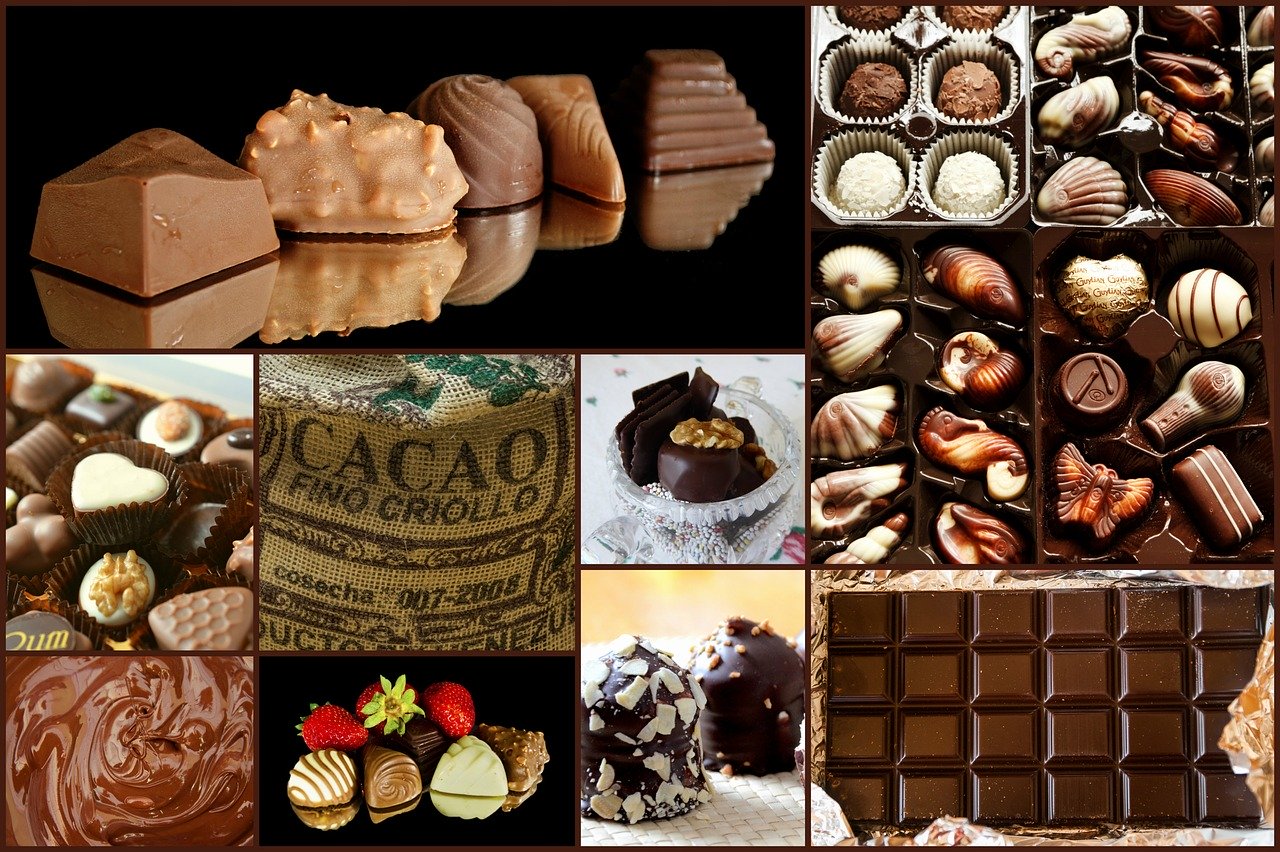
Mayans traded cacao to the Aztecs, who in turn introduced cacao to Spaniards. Much of the transatlantic export of cacao from Mesoamerica to Spain started in the heart of the Aztec Empire, in what is today Mexico City. After being introduced to Spain, chocolate spread across the nations of Europe – England, France, Belgium, and of course, Switzerland.
Food of the Gods
Chocolate lovers abound, and many self-described “chocaholics” elevate the experience of eating chocolate to something “heavenly”, “divine”, or “other worldly”. Fittingly, the scientific nomenclature for the tropical cacao tree is Theobroma cacao, named in 1753 by the Swedish naturalist Linnaeus. Theobroma translates from the Greek as “food of the gods”. The derivation of the word comes from “theos” (θεός), meaning “god”, and “broma” (βρῶμα), meaning “food”. The word cacao is the Hispanization of the name of the plant in indigenous Mesoamerican languages. The root word kakawa was retained by the Spanish colonizers of Mesoamerica to describe the tree and its products. Linnaeus was reputedly fond of chocolate, and also would have likely been aware of early Spanish writings describing the Maya and Aztec belief that cacao was a gift from the gods.
How Chocolate is Made
Chocolate, both ancient and modern, is made from dried and ground cacao beans. In ancient Mesoamerica, ground maize was sometimes added as a thickener, turning chocolate into a gruel. Flavorings added to chocolate included chili, vanilla, and cinnamon. Unlike its modern form, ancient Mesoamerican chocolate was neither sweet nor solid. The bitter liquid form of chocolate was originally consumed as a beverage, and remained unsweetened until it arrived in Spain. The chocolate drink was rich in nutrients and provided ancient Mesoamericans with sustenance for a full day. It was given to soldiers, so they would need less food.
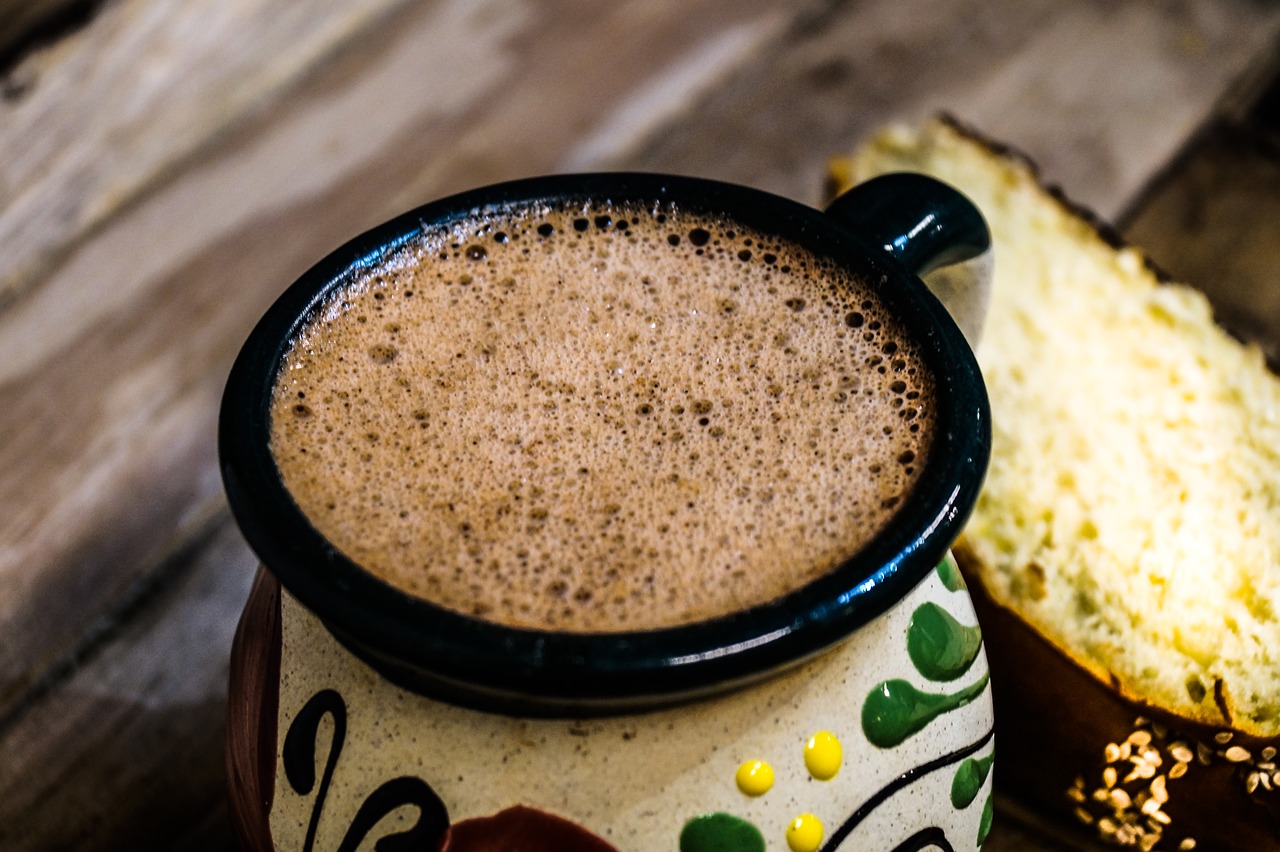
Chocolate drinks were an elite beverage. They played a significant role in rituals and feasts, as evidenced by the variety of beautifully designed containers that were created for serving and storage. Cacao seeds were a key commodity for trade and were used as currency or as tribute payment. Appropriately, for the food of the gods, cacao also took a prominent place in Mesoamerican mythology.
How old is chocolate?
In 2018, a study in the journal Nature provided new evidence suggesting that humans have been growing and using the cacao plant for 5,300 years. The article, titled The use and domestication of Theobroma cacao during the mid-Holocene in the upper Amazon, identified three independent lines of archaeological evidence – cacao starch grains, absorbed theobromine residues, and ancient DNA – recovered from the Santa Ana-La Florida (SALF) archaeological site in southeast Ecuador. These findings constitute the earliest evidence of pre-Columbian cacao use in the America. They also reveal the upper Amazon region as the oldest center of cacao domestication yet identified (Zarillo et al. 2018).
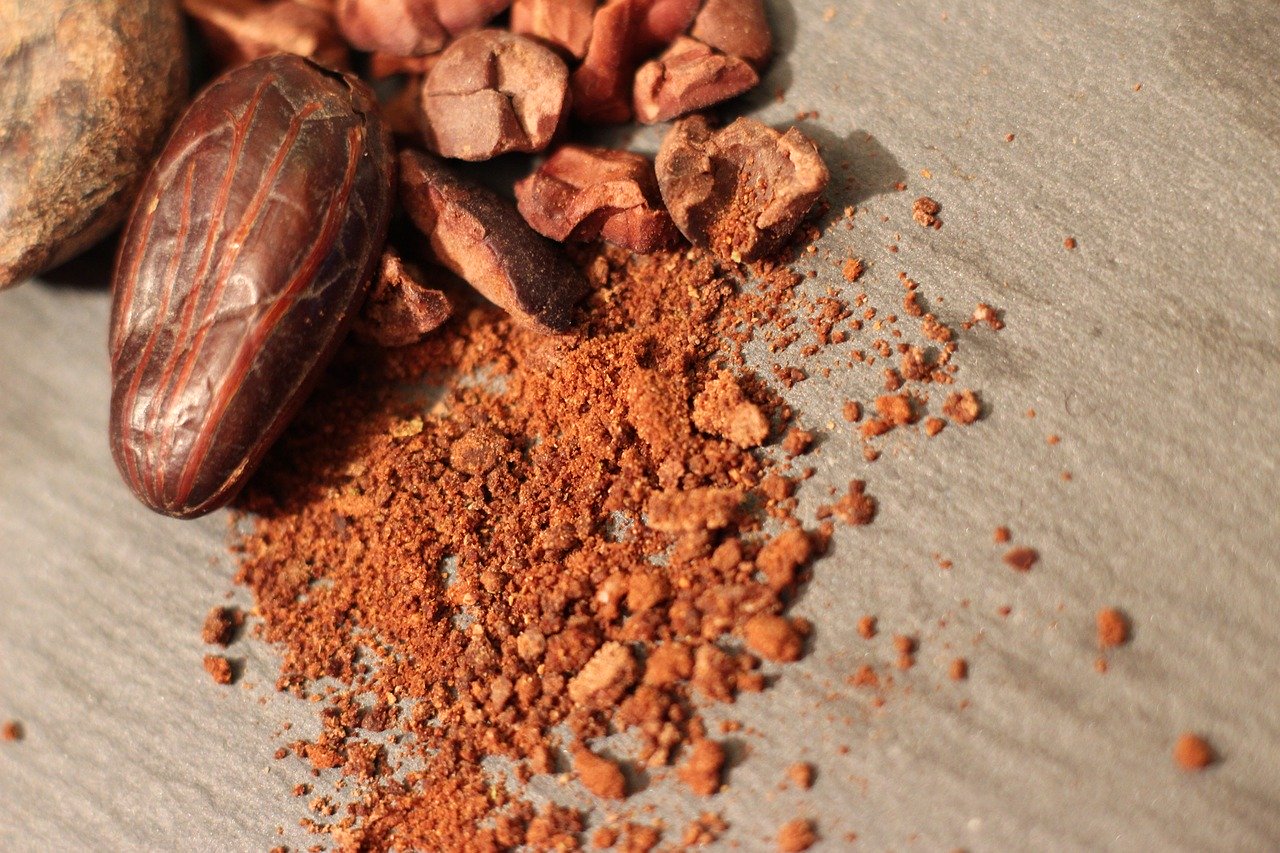
The Olmec
The ancient Olmec are widely regarded as the first civilization of the Americas. From about 1500 to 400 BC, their culture flourished in the humid lowlands of the southern part of present-day Veracruz, along the Gulf of Mexico. Anthropologists consider the Olmec civilization to be the mother culture of the many Mesoamerican cultures that followed it. Olmec architecture included pyramids and earth-and-clay mounds that formed the basis for massive ceremonial centers. The Olmec are best-known for their colossal stone heads, carved as portraits of their kings.
In the late 1960s, Yale University led archaeological excavations of the Olmec site of San Lorenzo Tenochtitlán in the state of present-day Veracruz, Mexico. These excavations were led by Professor Coe and assisted by Richard Diel, who was then a doctoral candidate at Pennsylvania State University. The San Lorenzo excavations are described in a document titled Olmec World (1969) in eHRAF Archaeology:
In the dry season (January to June) of 1966 and 1967, Dr. Michael Coe of Yale University conducted large-scale excavations at San Lorenzo … Coe (1967B) has found over two dozen new stone sculptures to add to the two dozen found earlier by Stirling. At the time this book goes to press, six colossal heads have been found at San Lorenzo. The sculpture of the colossal heads, altars, and animal and human figures at San Lorenzo apparently began about 1200 B.C. and came to a sudden end about 900 B.C., when most of the stone monuments were mutilated and buried, perhaps to conceal them, under earthen mounds. Coe believes this to have been a “revolutionary act” done by the San Lorenzo people themselves (Bernal 1969: 45).
Linguistics, Epigraphy, and Iconography
As a prehistoric culture, the Olmec left no written records for modern day scholars to decode. However, they did have a script, which has been found on hieroglyphs on jade celts and on an inscribed serpentine block. Linguists have attempted to decode Olmec script by tracing back to the ancestral form of the Mixe-Zoquean family of languages, which are still spoken by modern-day indigenous people such as the Popoluca, who live in the same regions once inhabited by the ancient Olmec:
While archaeologists were delving into Olmec sites, art historians and anthropologists turned their attention to Olmec art and iconography … Michael D. Coe and his students, especially Peter D. Joralemon and Karl Taube, have led the way in deciphering Olmec religion as reflected in the art, as major figures in what has been called the Yale School of Olmec Iconography (Diehl 2004:18).
A Popoluca shaman was a frequent guest at the Saturday night parties held by the archaeologists working at San Lorenzo. Through their interactions with the shaman, the archaeologists became familiar with the pre-Columbian language of the indigenous Popoluca. According to Coe and Coe, “It was probably the Olmec who first made chocolate from cacao” (1996: 35). Linguistic evidence points to the fact that “cacao”, originally pronounced kakawa, is a loan word of Mixe-Zoquean origin which dates back to at least 1000 BCE, the height of Olmec civilization at San Lorenzo. Richard Diehl, an archaeologist who worked with Michael Coe and at the excavations of San Lorenzo in the late 1960s, corroborates this in his work Olmecs: America’s First Civilization, which can be found in eHRAF Archaeology. According to Diehl, “Linguists Lyle Campbell and Terrence Kaufman believe the Olmecs spoke proto-Mixe-Zoquean languages related to modern Popoluca dialects still heard in the region today” (Diehl 2004: 13).
https://www.youtube.com/watch?v=10bYsMNPFA0
Laboratory Analysis
The chemical composition of cacao and laboratory analysis of Olmec artifacts have provided strong support for the idea that the Olmecs first domesticated the cacao plant, and that they may have discovered the chocolate-making process. Theobroma cacao or T. cacao is the only plant in Mesoamerica that contains both theobromine and caffeine. Chemist W. Jeffrey Hurst of the Hershey Foods Technical Center – who has been described as Hershey’s chocolate geek – used liquid chromatography and mass spectrometry to show that cacao can be detected in samples taken from the inside of archaeological ceramics. According to Coe and Coe, “The laboratory results have been spectacular: chocolate has an antiquity that stretches 38 centuries back into the past, to predate even the San Lorenzo Olmecs” (1996: 36).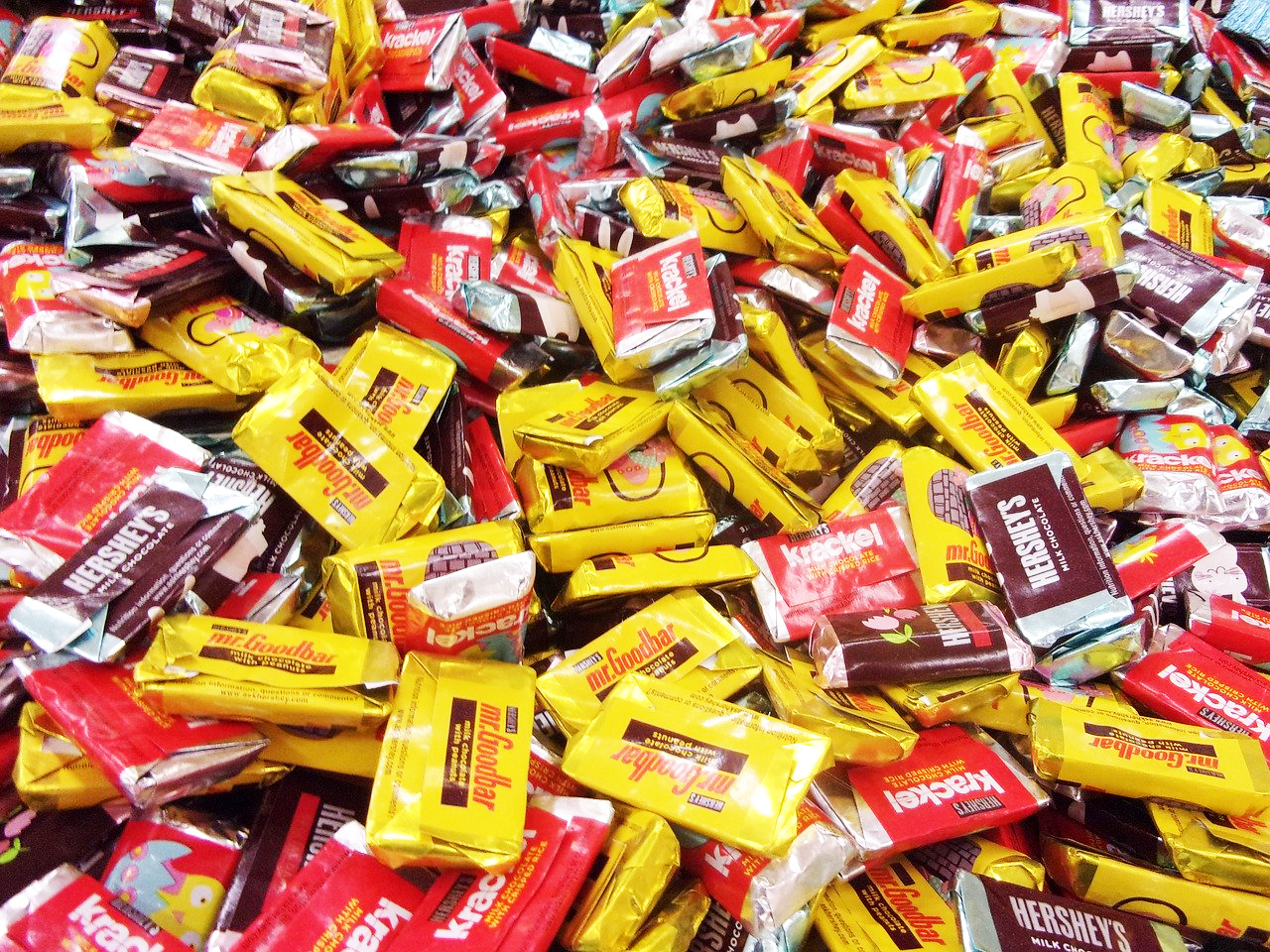
An article for Antiquity titled “Oldest chocolate in the New World”, co-authored by Coe and Hurst, describes evidence of cacao use by the earliest Mesoamerican groups in Mexico such as the Olmec of the Gulf Coast and the Mokaya of the Pacific Coast:
The Mokaya archaeological site of Paso de la Amada on the Pacific Coast of Chiapas, Mexico, and the Olmec archaeological site of El Manatí on the Gulf Coast of Veracruz, Mexico have each yielded one ceramic vessel that contain residues from the preparation of cacao beverages during the Early Formative (1900-900 BC) period. Our analysis shows that chocolate (Theobroma cacao) was consumed by the Mokaya as early as 1900 BC and by pre-Olmec peoples as early as 1750 BC, pushing back the chemical evidence of cacao use by some 700 years (Powis et al 2007).
The Mokaya were among the earliest sedentary villagers of Mesoamerica. They occupied the Pacific Coast during the Barra ceramic phase (1900-1700 BCE), a period when pottery was introduced. Barra pottery included fancy gourd vessels used for competitive social display and possibly linked to feasting. According to Coe and Coe:
With radiocarbon dates lying between 1880 and 1400 BC, Barra is not only precious, but also pre-Olmec. Even more astonishing than the beauty of its ceramic art is the fact that they already knew how to process chocolate, one fragment from a Barra neckless jar having recently proved positive for the telltale theobromine (1996: 36).
University Exhibits
In recent years, the University of Pennsylvania and Cornell University, which are both HRAF members, have featured the Mesoamerican origins of chocolate in popular exhibits. Here is more information:
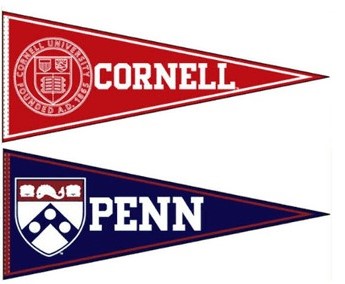
Cornell University, R. Mann Library
Chocolate: Food of the Gods
University of Pennsylvania, Penn Museum
Painted Metaphors: Pottery and Politics of the Ancient Maya
Mesoamerican Origins of Chocolate in eHRAF Archaeology
eHRAF Archaeology is a great starting point for further exploration of the Mesoamerican origins of chocolate. One of the recurring themes in the eHRAF literature is the idea that the “food of the gods” occupied a lofty place on earth as an elite luxury. Here are some examples:
eHRAF Archaeology Tradition: Central Mexico Postclassic (NU93)
Cacao was costly because it had to be brought to central Mexico from distant lowland areas, of which the southernmost imperial province of Xoconochco was the primary source. Although the Aztecs made a form of hot chocolate beverage, only nobles could afford to drink it. Most people used cacao as currency (Smith 1953: 124).
In the more distant reaches of the empire, in the tropical lowlands, cotton and cacao (chocolate) were cultivated along with most of the food crops already mentioned. Cotton fibers were woven into the “prestige clothing” of Mesoamerica, much as cacao constituted the “prestige drink” (Berdan 1982: 20).
eHRAF Archaeology Tradition: Olmec (NU95)
The southern coast of Mesoamerica contains two very distinct zones. North and west of the Isthmus of Tehuantepec the land is mountainous and semiarid; below that narrow waist it widens into a wet, fertile belt of volcanic soils and tropical jungle bordered with coastal lagoons. This southeast zone is called the Soconusco and was famous in ancient times as a source of cotton and cacao. Cacao (chocolate) was a luxury product used for making a highly prized drink, and the beans served as a standard of value or primitive money (Diehl 1983: 17).
Richard Diehl’s colorful description of the life of the ancient Olmec demonstrates the power of archaeology to interpret and vividly the reconstruct worlds of the past:
Gardens were planted with vegetables, pot herbs, and medicinal plants…Dense stands of trees surrounding the buildings provided shade as well as avocados, palm nuts, cacao (chocolate) seeds, and many other fruits and nuts…If we were magically transported back to an Olmec village, we would doubtless see many vignettes of daily life that escape the truncated vision of archaeology (Diehl 2004: 83).
For the Olmecs, as for many of us today, the delectable taste of chocolate was most certainly on the menu.
References
Berdan, Frances. “Aztecs of Central Mexico: An Imperial Society.” Case Studies in Cultural Anthropology, Holt, Rinehart & Winston, 1982, https://ehrafarchaeology.yale.edu/document?id=nu93-001.
Bernal, Ignacio. Olmec World. University of California Press, 1969, https://ehrafarchaeology.yale.edu/document?id=nu95-001.
Coe, Sophie D. and Michael D. Coe. The True History of Chocolate. New York: Thames and Hudson, 1996.
Diehl, Richard A. “Olmecs: America’s First Civilization.” Ancient Peoples and Places, Thames and Hudson, 2004, https://ehrafarchaeology.yale.edu/document?id=nu95-043.
Diehl, Richard A. “Tula: The Toltec Capital of Ancient Mexico.” New Aspects of Antiquity (London, England, Thames and Hudson, 1983, https://ehrafarchaeology.yale.edu/document?id=nu93-002.
Powis, Terry G. et al. “Oldest Chocolate in the New World,” Antiquity, Vol 81, Issue 314, 2007. https://www.antiquity.ac.uk/projgall/powis314/
Smith, Michael Ernest. “Aztecs.” Peoples of America, Blackwell Publishers, 1997, https://ehrafarchaeology.yale.edu/document?id=nu93-025
Tharp, Andrea. “Hershey’s Chocolate Geek,” Youngstown State University Magazine, Fall 2015. https://newsroom.ysu.edu/hersheys-chocolate-geek-making-a-career-in-the-sweet-sciences/
Zarrillo, S., Gaikwad, N., Lanaud, C. et al. The use and domestication of Theobroma cacao during the mid-Holocene in the upper Amazon. Nat Ecol Evol 2, 1879–1888 (2018). https://doi.org/10.1038/s41559-018-0697-x